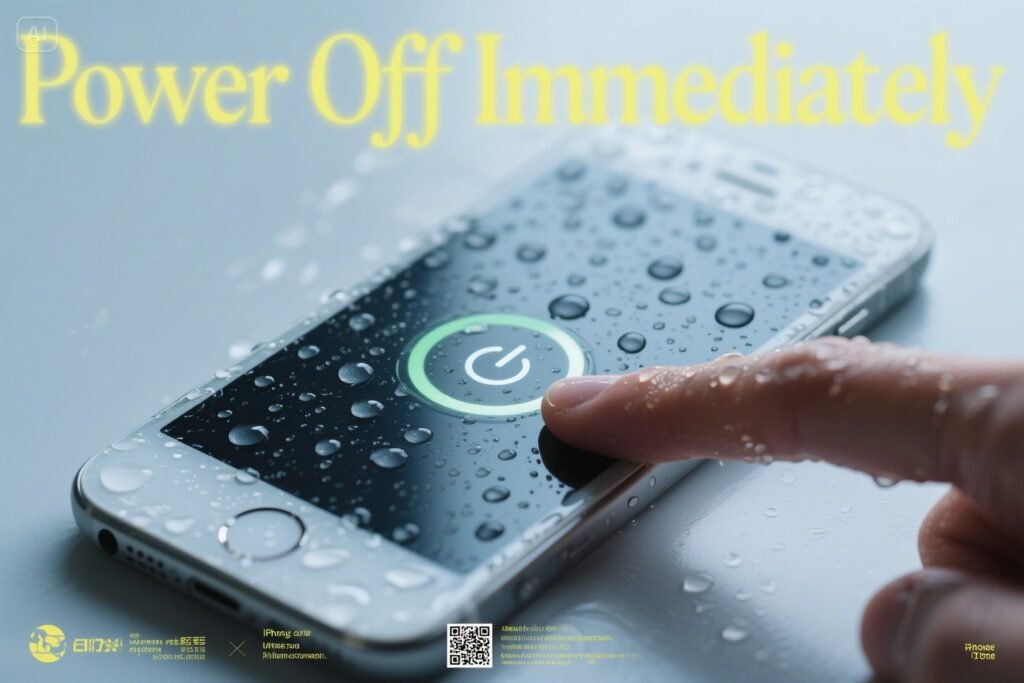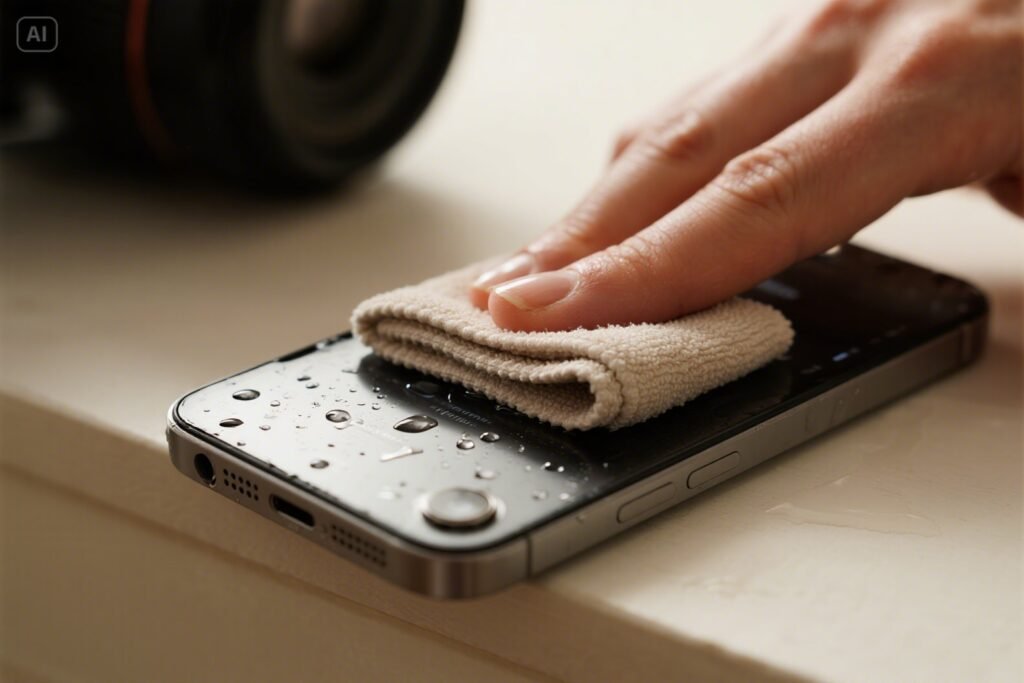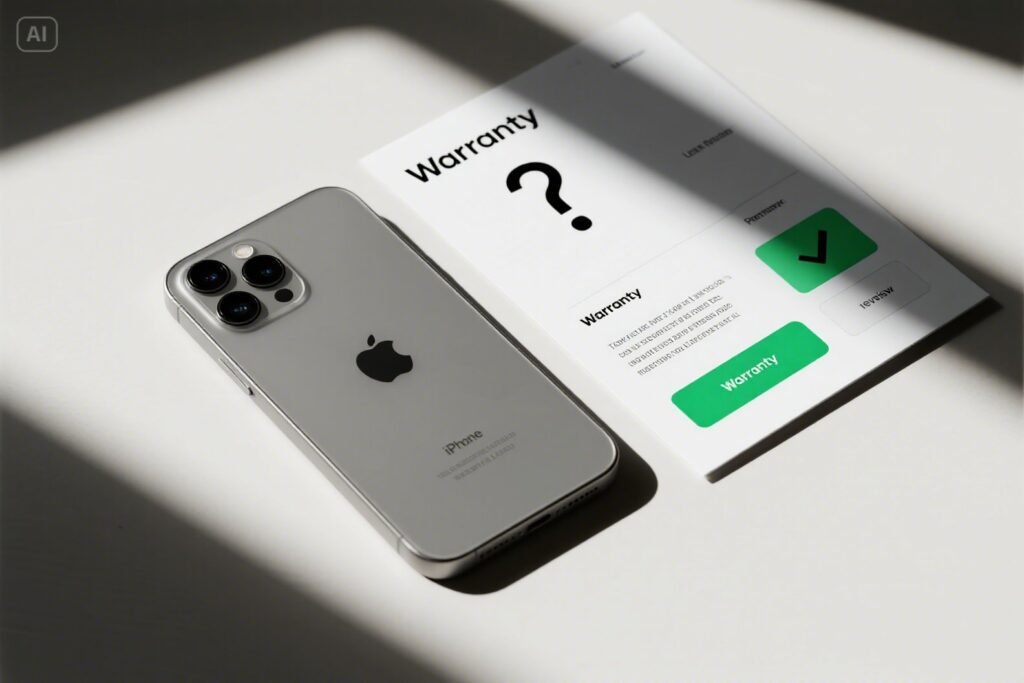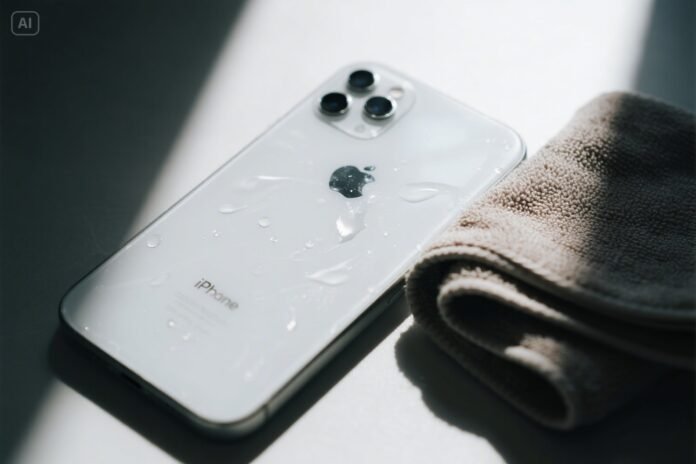Table of Contents
Introduction
Wondering how to get water out of an iPhone? Water exposure can happen suddenly—whether from spills, rain, or accidental drops. Acting fast is key to preventing permanent damage. The guide explains what to do: power off the phone, remove accessories, dry it gently, and avoid common mistakes, such as using rice. You’ll also learn how to use silica gel, water-ejecting sound shortcuts, and when professional help is needed. It even covers how to protect your device in Advance and understand warranty coverage. If you’ve ever wondered how to get water out of an iPhone, this comprehensive guide provides the answers.
| Basics | Summary |
| Power Off | Turn off immediately |
| Don’t Press | Avoid button use |
| Remove Case | Take off the case and cover. |
| Eject SIM | Remove the SIM tray |
| Wipe Gently | Dry with a soft cloth. |
| No Heat | Avoid dryers or the sun. |
| Skip Rice | Don’t use rice |
| Use Silica | Try silica gel |
| Air Dry | Let it sit 24–48 hours. |
| Eject Water | Use a sound shortcut. |
| Don’t Charge | Wait until fully dry. |
| Check Function | Test audio and screen. |
| Don’t Open | Avoid DIY repairs |
| Use Protection | Get a waterproof case |
How To Get Water Out Of An IPHONE?
Understanding how to get water out of an iPhone is crucial if your device gets wet unexpectedly. Acting quickly can help prevent long-term damage. Start by powering it off, drying the surface, and removing accessories. Avoid using heat or rice. Instead, use silica gel or let it air dry. These careful steps improve the chances of saving your iPhone without costly repairs.
Power Off the iPhone Immediately
The first thing you should do when your iPhone gets wet is power it off. Do not press other buttons or try to check if it’s working. Turning it off helps prevent short circuits that can occur when moisture comes into contact with electrical components. This is one of the most critical steps in get water out of an iPhone without causing permanent damage to your device’s hardware.

Remove Accessories and SIM Card
Carefully take off any case, screen protector, and accessories from your iPhone. Water can get trapped under these, so removing them helps the phone dry more efficiently. Also, remove the SIM card and its tray to allow airflow into the slot. This small but critical step is often skipped when learning how to get water out of an iPhone, but it makes a big difference in drying the device properly.
Dry the Surface with a Soft Cloth
Use a soft, lint-free cloth or a microfiber towel to gently wipe the iPhone’s surface. Focus on areas like the screen, charging port, and camera lens. Avoid using a hairdryer or placing the phone in direct sunlight, as heat can cause further damage. When considering getting water out of an iPhone, being gentle and avoiding extreme methods is essential for protecting delicate internal parts.

Avoid Using Rice – Let It Air Dry
Despite popular advice, placing your iPhone in rice isn’t the best method. Rice can leave particles inside the device and doesn’t effectively absorb moisture. Instead, put the iPhone in a dry area with good airflow. You can also use silica gel packets if available. Let it dry for 24 to 48 hours. This patient drying method is much more effective when you’re focused on to get water out of an iPhone.
Use a Sound Frequency Shortcut
If your iPhone is still responsive, use a water ejection shortcut or an app designed to eject water from the speakers. These use sound waves at specific frequencies to remove trapped water. It’s a clever tool to include when thinking about how to get water out of an iPhone, especially if the sound is muffled or distorted. This method is safe for models iPhone 7 and newer with water-resistant features.

Avoid Charging Your iPhone Too Soon.
Never plug your iPhone into a charger if there’s any chance it’s still wet. Moisture in the charging port can short the internal circuit and destroy your phone. Always wait until you are entirely sure it’s dry, both inside and out. Taking this precaution is vital in the process of get water out of an iPhone and keeping it safe from further internal electrical damage or failure.
Tips to Protect Your iPhone in Advance
- Using a waterproof case can help prevent water damage before it happens.
- Even if your iPhone is water-resistant, additional protection can make a significant difference in the event of an accident.
- Being prepared ahead of time is just as important as knowing how to get water out of an iPhone after the damage has occurred unexpectedly.
Understand Your Warranty
- Most iPhones come with limited warranties that don’t cover water damage.
- Knowing this can help you make better choices if your device gets wet.
- You can also consider buying AppleCare+ with accidental damage coverage.
- This can reduce repair costs if drying methods fail.

Conclusion
Understanding how to get water out of an iPhone is essential to avoid permanent damage. Taking immediate steps, such as powering off, removing accessories, and gently drying your phone, can make a significant difference. Avoid popular but risky methods, such as using rice, and opt for safer options like silica gel or air drying instead. Protect your phone beforehand with waterproof cases, and don’t hesitate to seek professional help if needed to ensure your iPhone stays in good condition.
Want to know about “How to See Messages From Blocked Numbers on iPhone? 5 Ways to Do It” Check out our “Technology” category.
FAQs
Immediately power off your iPhone to prevent electrical shorts. Avoid pressing any buttons or using the phone until it is fully dry to reduce the risk of damage.
Using rice is not recommended because it may leave dust inside and isn’t very effective. Instead, let your phone air dry or use silica gel packets to dry it.
It’s best to wait at least 24 to 48 hours to ensure the phone is dry inside before powering it back on to avoid damage.
















